Asymmetric carbon atom.
Asymmetric carbon atom.
Text Solution
AI Generated Solution
### Step-by-Step Solution:
1. **Definition of Asymmetric Carbon Atom**:
An asymmetric carbon atom, also known as a chiral carbon atom, is defined as a carbon atom that is bonded to four different groups or atoms. This unique arrangement allows for the existence of two non-superimposable mirror images, known as enantiomers.
2. **Characteristics of Asymmetric Carbon**:
- The carbon atom must be tetravalent, meaning it forms four bonds.
- Each of the four groups attached to the carbon must be different from one another. This difference is crucial for chirality.
...
|
Similar Questions
Explore conceptually related problems
An organic acid (A) (C_(5)H_(10)O_(2)) reacts with Br_(2) in presence of phosphorus to give (B). Compound (B) contains an asymmetric carbon atom and yields (C). On dehydrohalogention, compound (C) does not show geometric isomersim and on decarboxylation gives an alkene (D) which on ozonlysis isomerism and on decarboxylation gives an alkene (D) which on ozonolysis give (E) and (F). Compound (E) gives a positive Schiff's test but (F) doesn 't. Give structures of (A) to (F) with reasons.
Watch solution
An organic acid (A), C_(5)H_(10)O_(2) reacts with Br_(2) in the presence of phosphorous to give (B). Compound (B) contains an asymmetric carbon atom and yield (C) on dehydrabromination. Compound (C) does not show geometric isomerism and on decarboxylation give an alkene (D) which on ozonolysis gives (E) and (F), compound (E) gives a positive schiff's test but (F) does not. Give structures of (A) to (F) with reasons.
Watch solution
Knowledge Check
A line which bisects a compound in two equal parts and both parts appear to be the mirror image of each other, such kind of symmetry is known as plane of symmetry Any molecule that has a internald mirror palne of symmetry cannot be chiral, even thought it may contain asymmetric carbon atoms. Which of the following compounds is not chiral?
A line which bisects a compound in two equal parts and both parts appear to be the mirror image of each other, such kind of symmetry is known as plane of symmetry Any molecule that has a internald mirror palne of symmetry cannot be chiral, even thought it may contain asymmetric carbon atoms. Which of the following compounds is not chiral?
A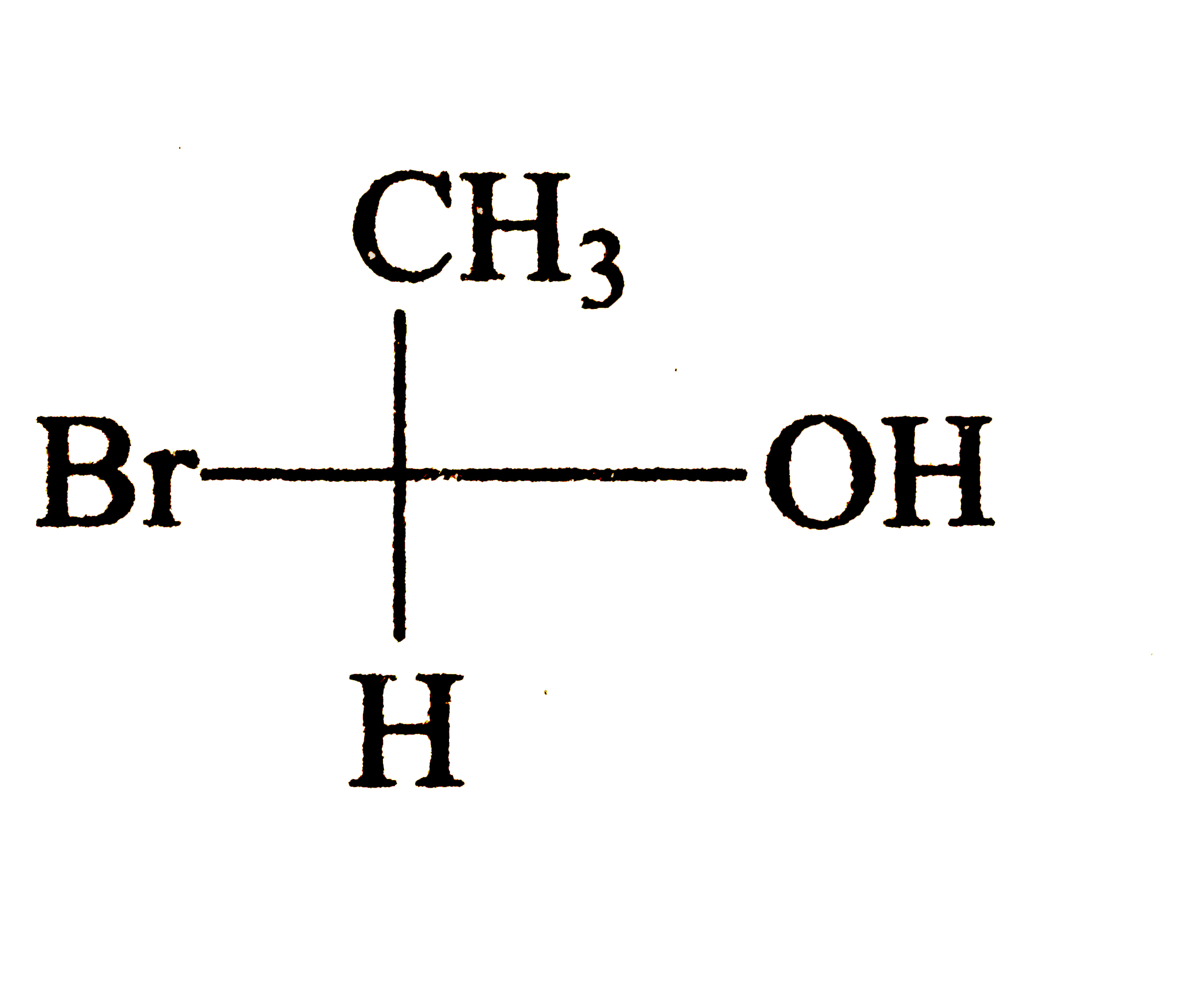

B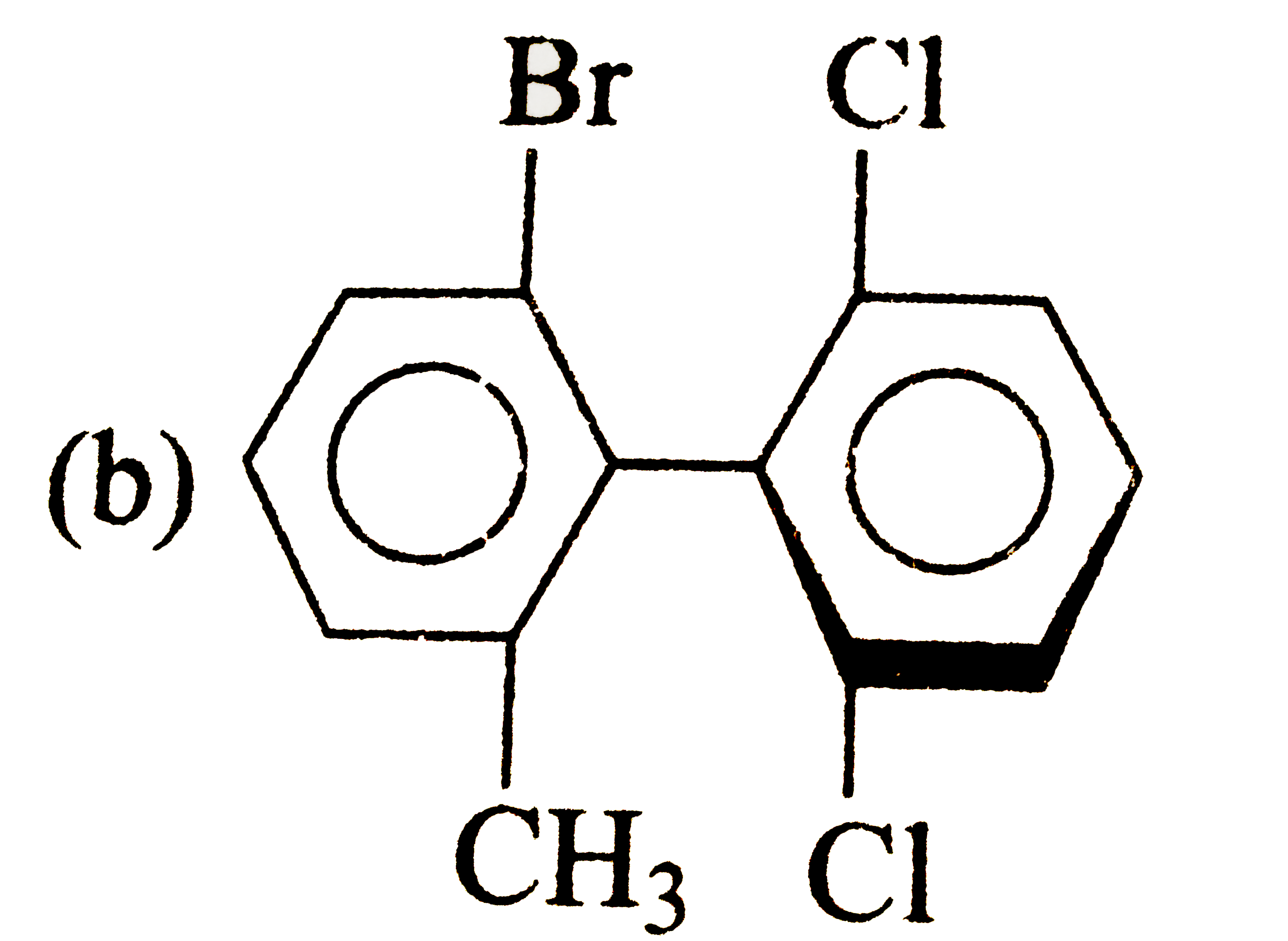

C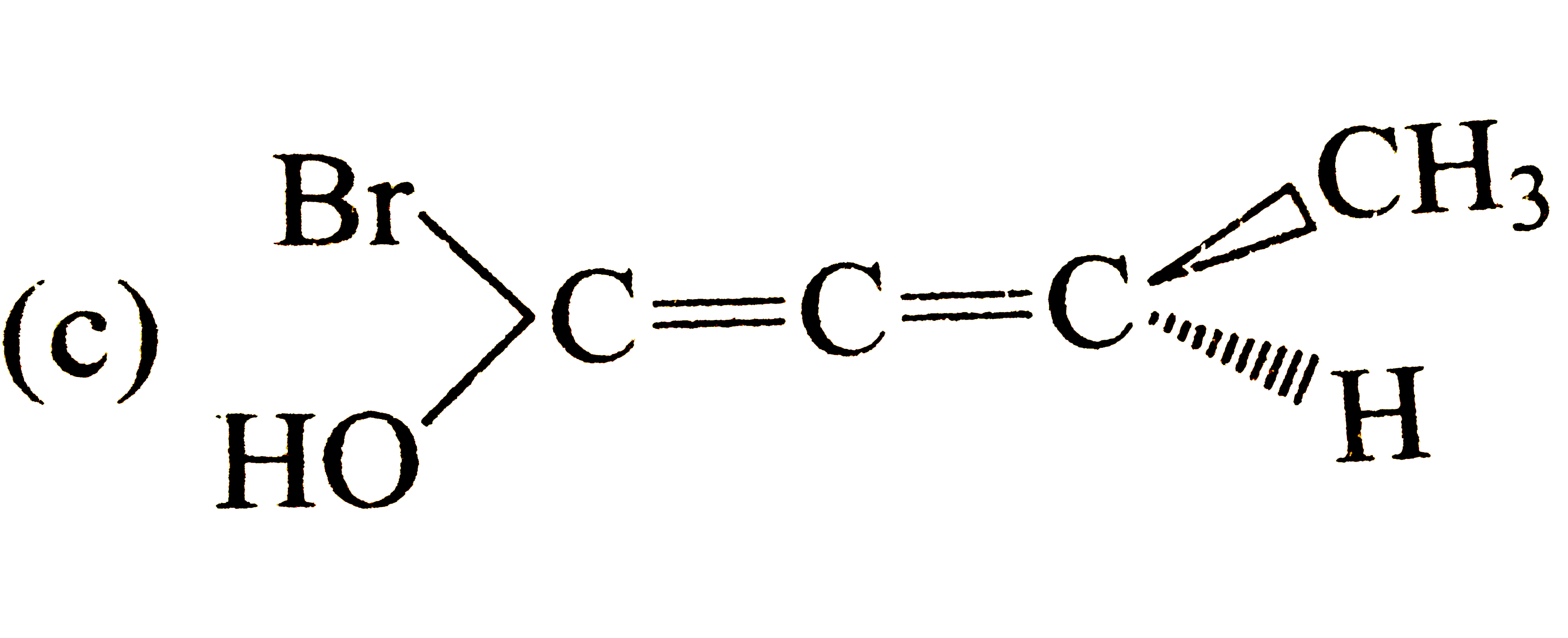

D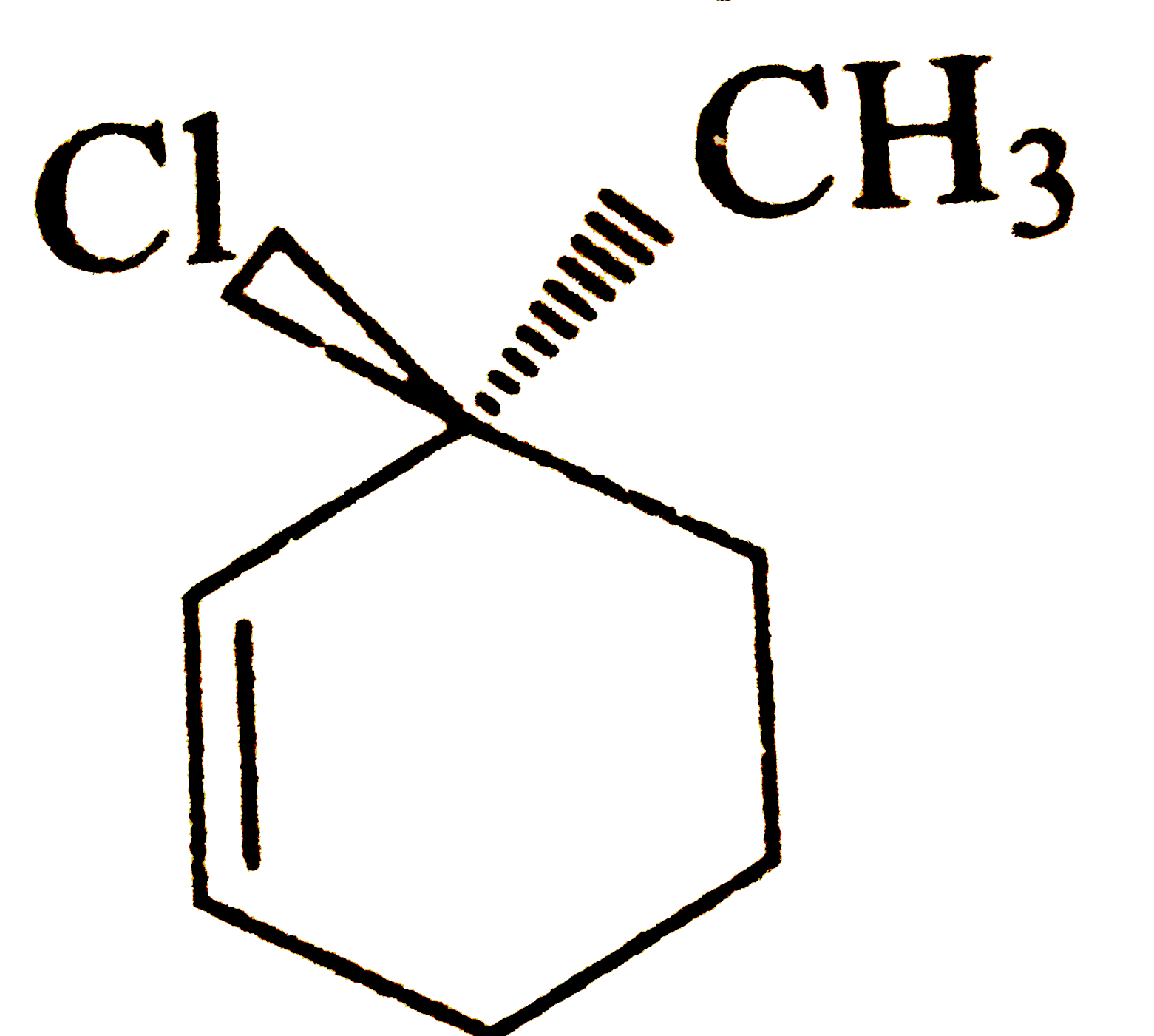

Submit
A line which bisects a compound in two equal parts and both parts appear to be the mirror image of each other, such kind of symmetry is known as plane of symmetry Any molecule that has a internald mirror palne of symmetry cannot be chiral, even thought it may contain asymmetric carbon atoms. Which of the following compound optically active?
A line which bisects a compound in two equal parts and both parts appear to be the mirror image of each other, such kind of symmetry is known as plane of symmetry Any molecule that has a internald mirror palne of symmetry cannot be chiral, even thought it may contain asymmetric carbon atoms. Which of the following compound optically active?
A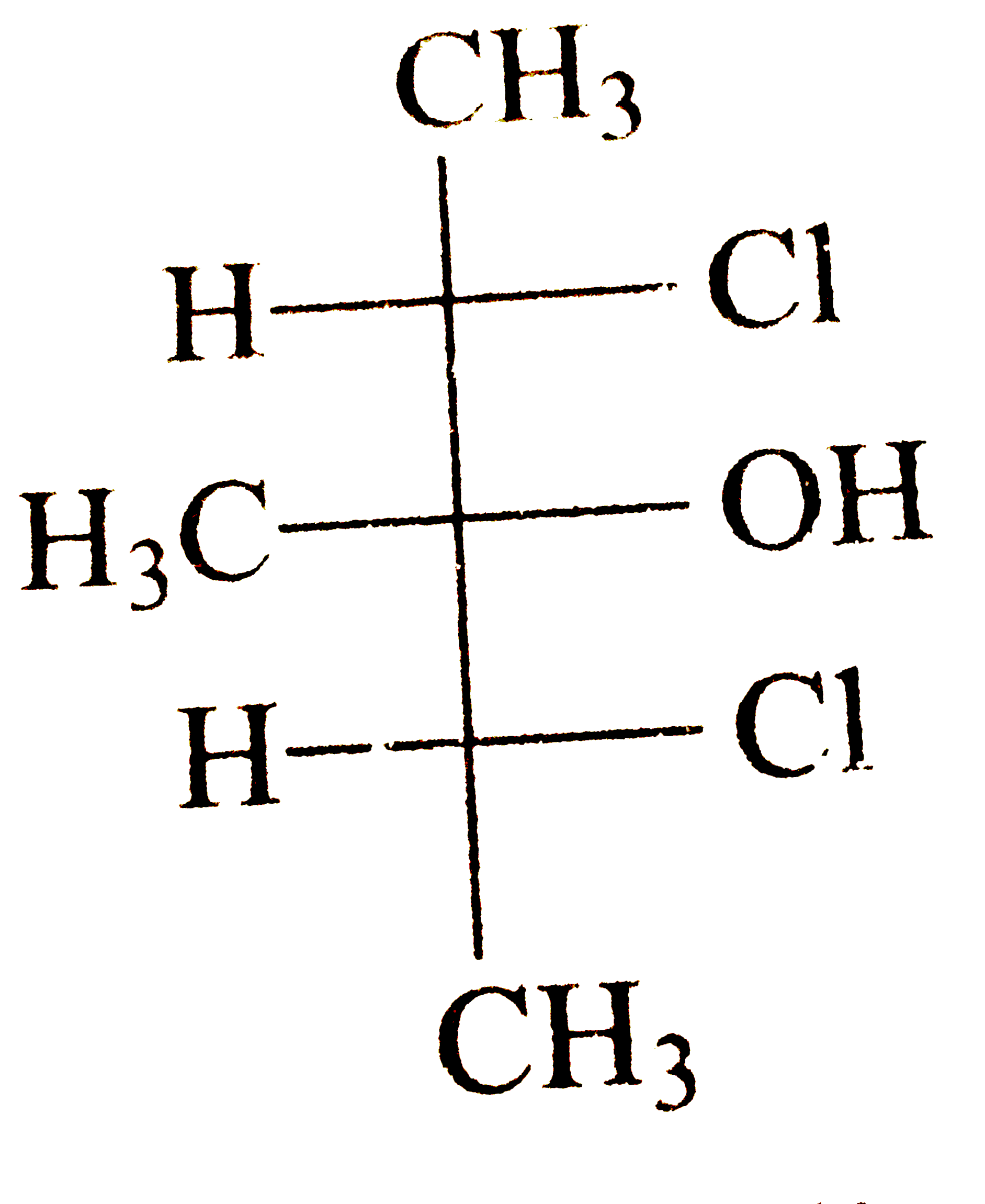

B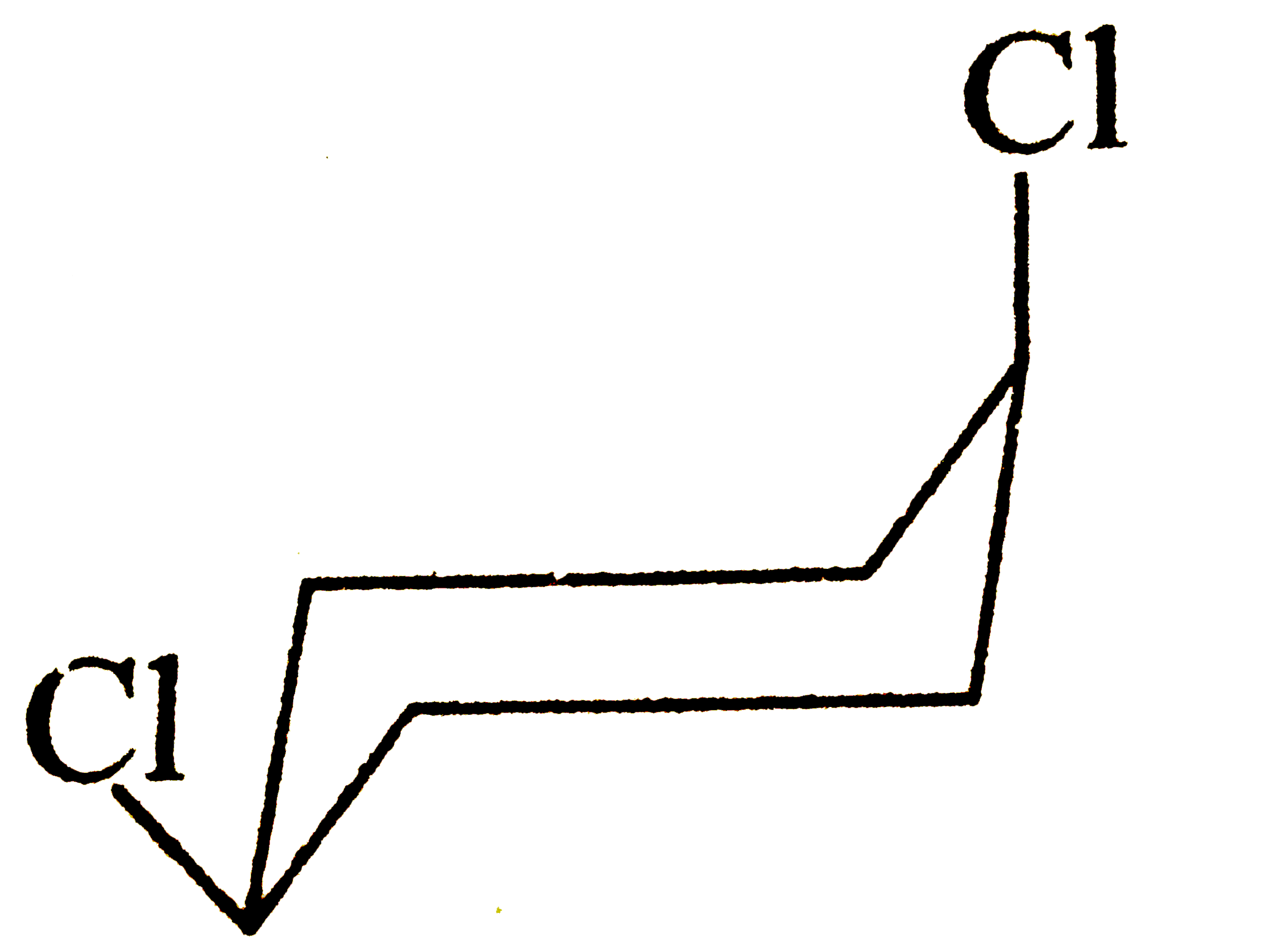

C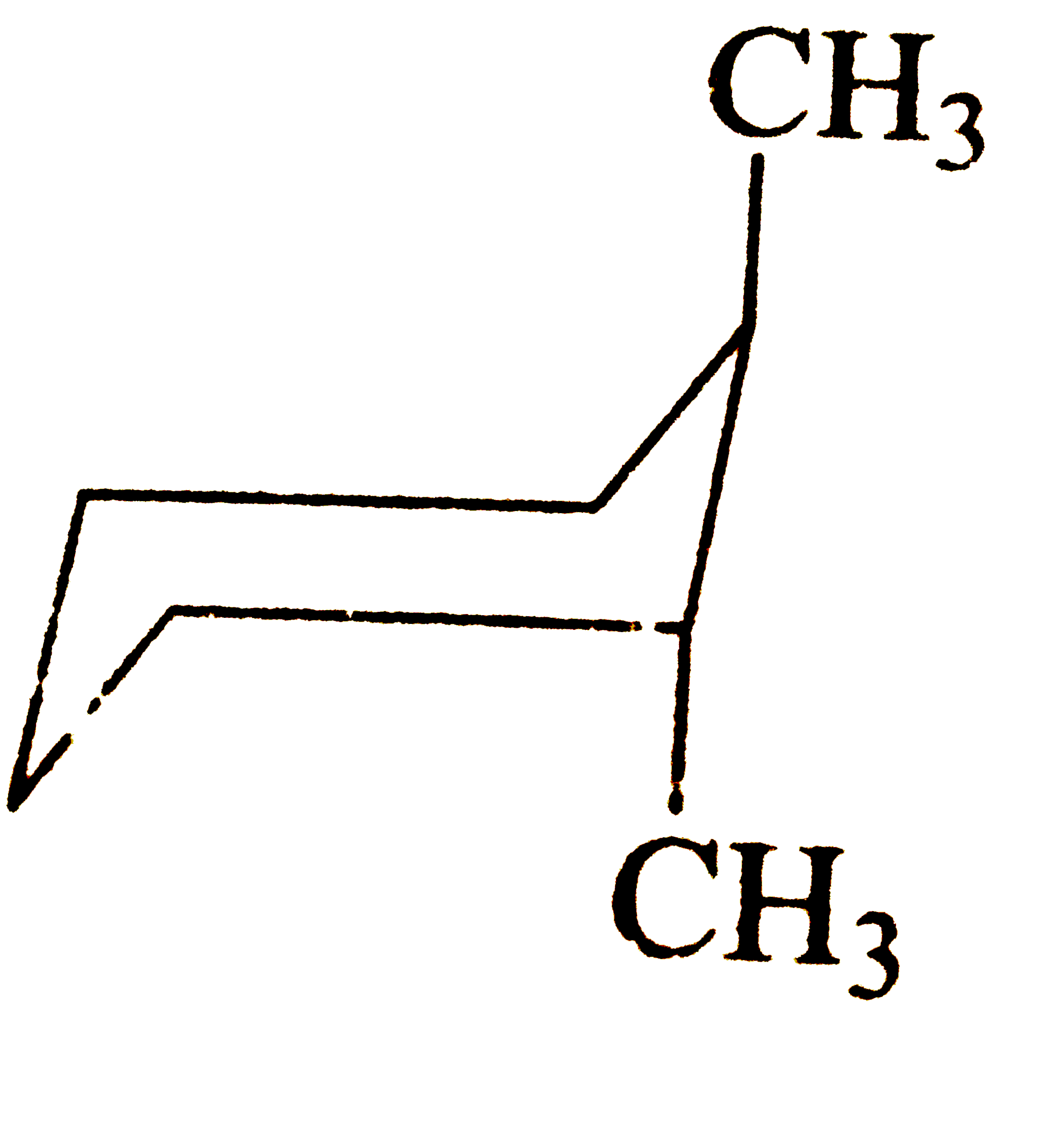

D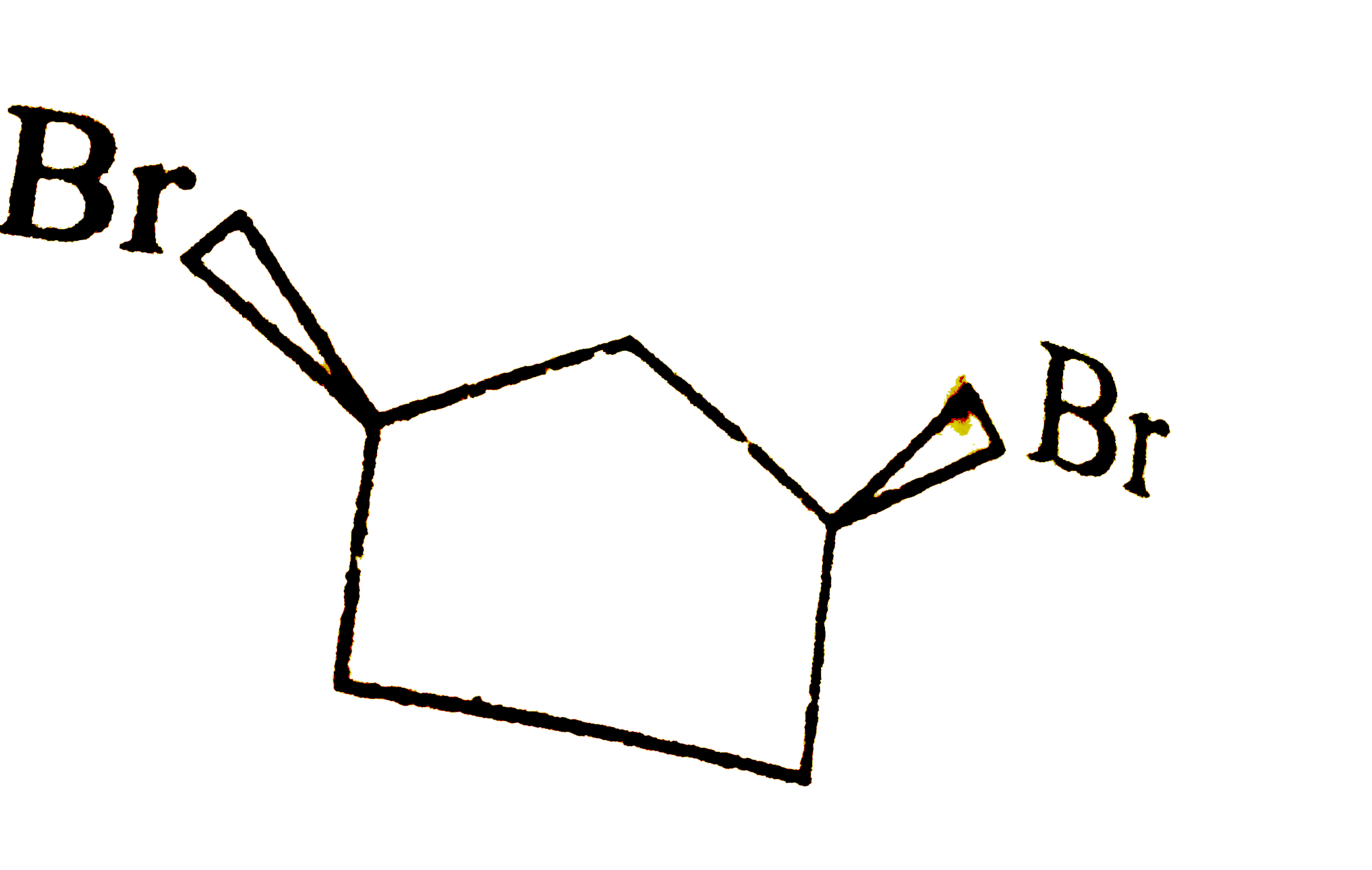

Submit
A line which bisects a compound in two equal parts and both parts appear to be the mirror image of each other, such kind of symmetry is known as plane of symmetry Any molecule that has a internald mirror palne of symmetry cannot be chiral, even thought it may contain asymmetric carbon atoms. Which of the following compounds does not contain plane of symmetry?
A line which bisects a compound in two equal parts and both parts appear to be the mirror image of each other, such kind of symmetry is known as plane of symmetry Any molecule that has a internald mirror palne of symmetry cannot be chiral, even thought it may contain asymmetric carbon atoms. Which of the following compounds does not contain plane of symmetry?
A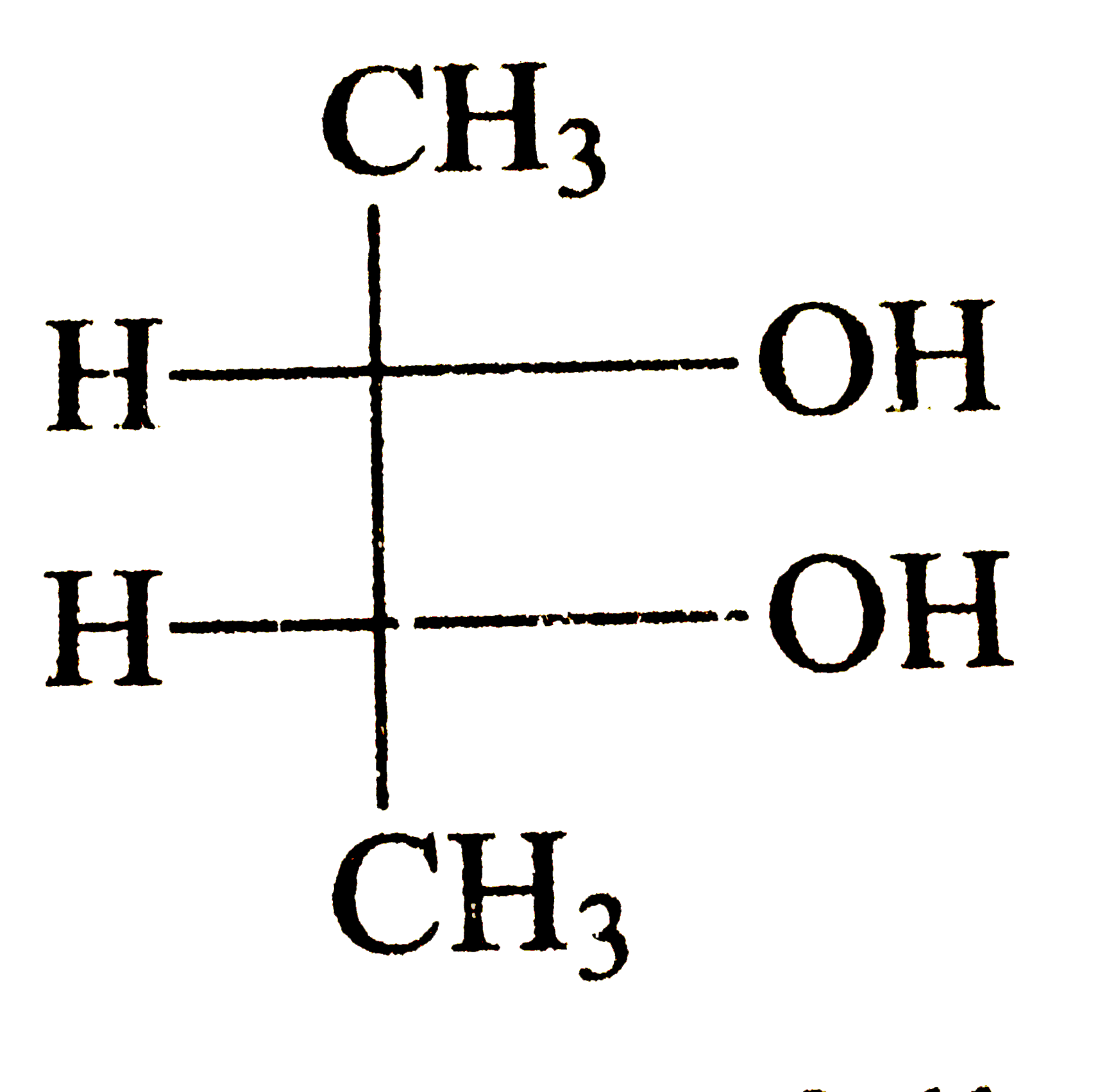

B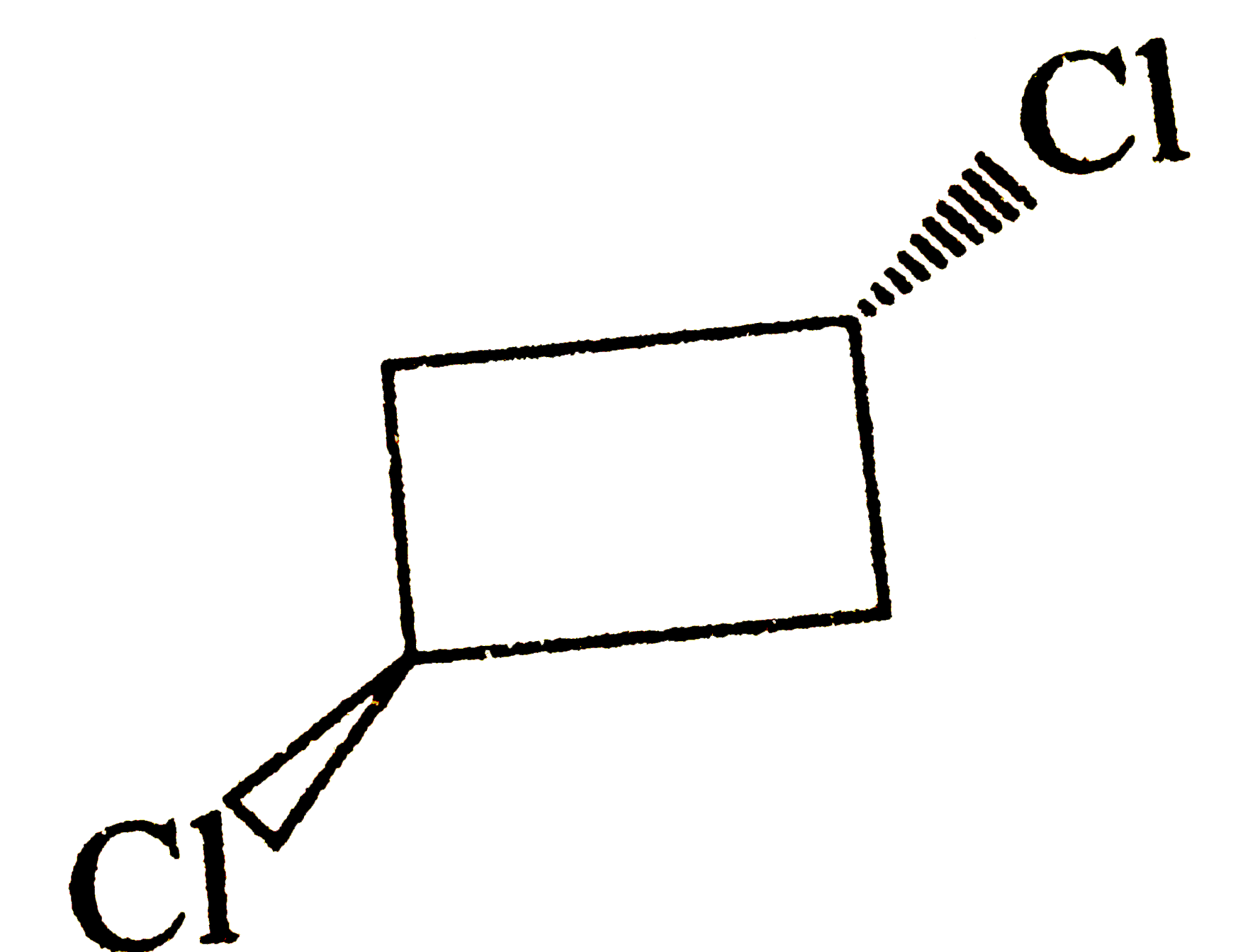

C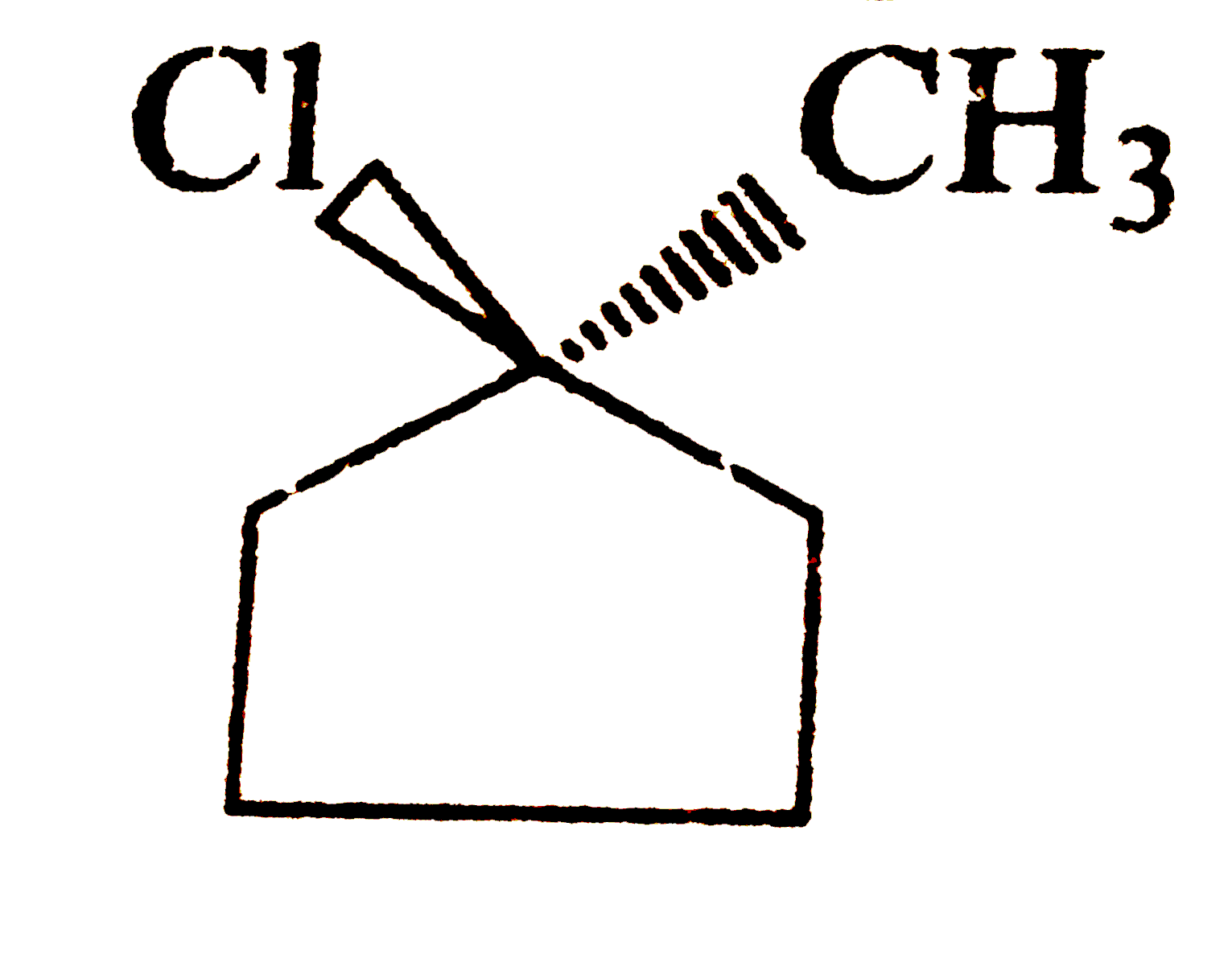

D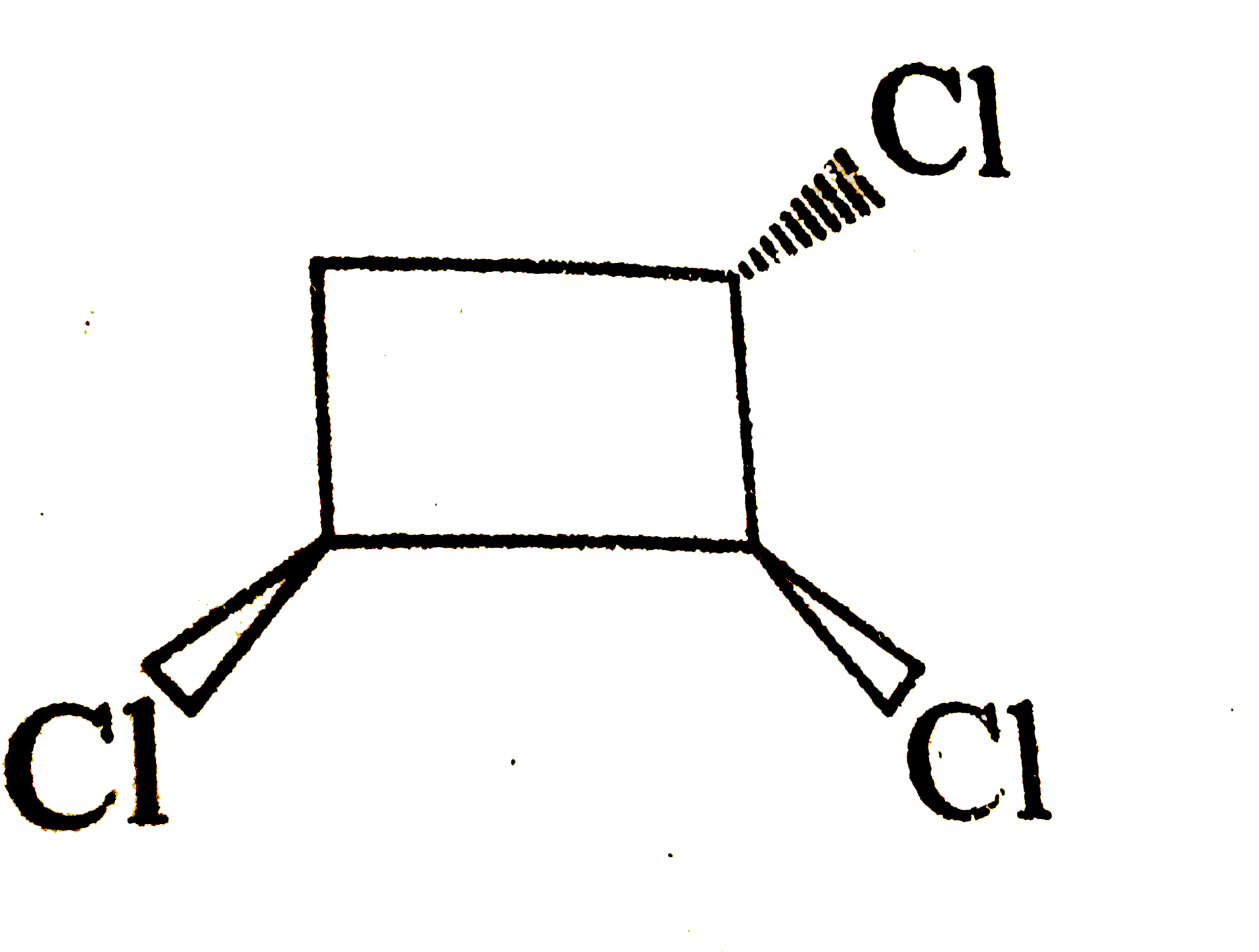

Submit
Similar Questions
Explore conceptually related problems
An organic acid (A), C_(5)H_(10)O_(2) reacts with Br_(2) in the presence of phosphorus to give (B). Compound (B) contains an asymmetric carbon atom and yields (C ) on dehydrbomination. Compound (C ) does not show geometric isomerism and on decarboxylation gives on alkene (D) which on ozonolysis gives (E) and (F). Compound (E) gives a positive Schiff's test but (F) does not. Give the structures of (A) to (F) with reasons.
Watch solution
An organic compound (A) C_(5)H_(10)O_(2) reacts with Br_(2) in presence of phosphorus to give (B). Compound (B) contains an asymmetric carbon atom and yields (C) on dehydrobromination compound (C) does not show geometrical isomerism and on decarboxylation gives an alkene (D) which on ozonolysis gives E and F. Compound (E) gives positive Schiff test but (F) does not. Identify correct structure of A:
Watch solution
An organic compound (A) C_(5)H_(10)O_(2) reacts with Br_(2) in presence of phosphorus to give (B). Compound (B) contains an asymmetric carbon atom and yields (C) on dehydrobromination compound (C) does not show geometrical isomerism and on decarboxylation gives an alkene (D) which on ozonolysis gives E and F. Compound (E) gives positive Schiff test but (F) does not. Find out structure of D :
Watch solution
An organic compound (A) C_(5)H_(10)O_(2) reacts with Br_(2) in presence of phosphorus to give (B). Compound (B) contains an asymmetric carbon atom and yields (C) on dehydrobromination compound (C) does not show geometrical isomerism and on decarboxylation gives an alkene (D) which on ozonolysis gives E and F. Compound (E) gives positive Schiff test but (F) does not.
Watch solution
A amino acid without asymmetrical carbon atom is
Watch solution
Recommended Questions
- Asymmetric carbon atom.
00:56
|
Playing Now - A amino acid without asymmetrical carbon atom is
02:39
|
Play - Asymmetric carbon atom.
00:56
|
Play - The number of asymmetric carbon atom in glucose are
Text Solution
|
Play - Which of the following has asymmetric carbon atoms ?
Text Solution
|
Play - Glucose has asymmetric carbon atom.
02:52
|
Play - How many asymmetric carbon atoms are there in tartaric acid?
03:46
|
Play - Number of asymmetric carbon atoms in fructose
02:34
|
Play - What is asymmetric carbon atom.
01:35
|
Play